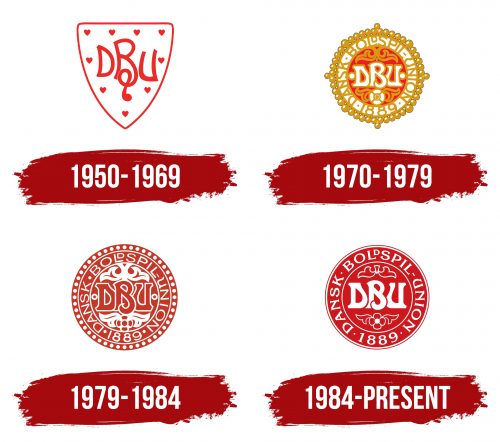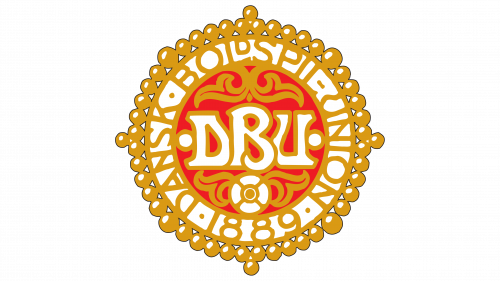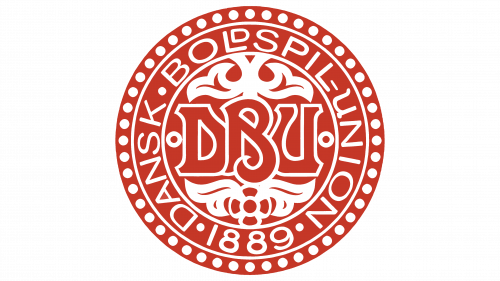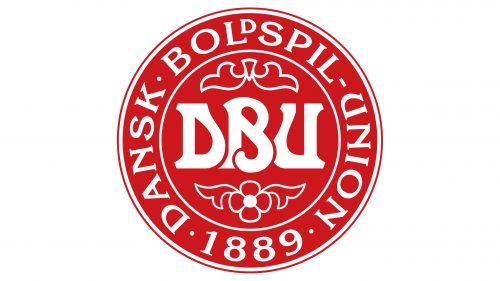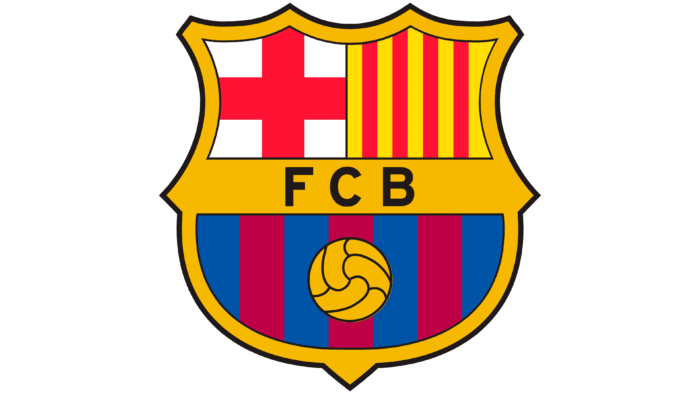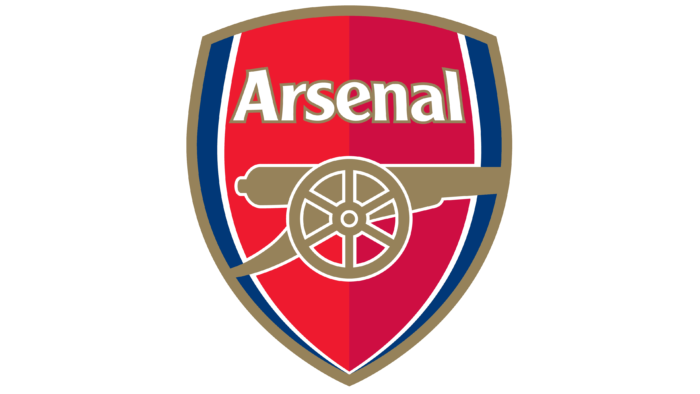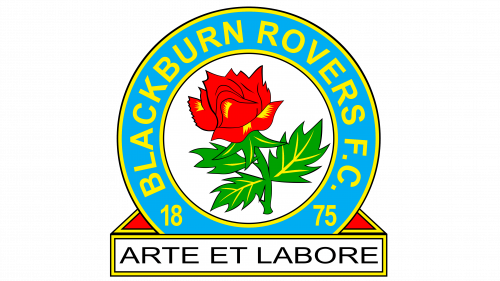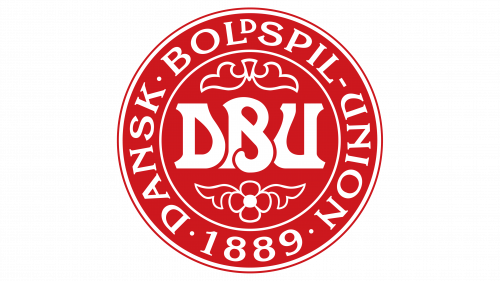 Denmark National Football Team Logo PNG
Denmark National Football Team Logo PNG
The Denmark National Football Team logo is filled with passion and love for the game. The emblem’s elements are characterized by harmony and flourishing beauty, integral to the Danish people’s identity.
Denmark National Football Team: Brand overview
The Danish national football team’s story is a tale of perseverance, transformation, and spectacular victories. The Danish Football Union, established in 1889, ranks among the oldest football associations globally. The national team, founded in 1908, played its first official match against England at Tannadice Park in Dundee, Scotland, ending in a 2-2 draw.
For many years, the Danish team struggled to make a mark on the international stage, with their first World Cup qualification coming only in 1986. The team had a breakthrough in 1960 by qualifying for the European Championship, reaching the semifinals in the 1964 tournament held on home soil.
The 1980s brought a golden era for Danish football. Under the guidance of the legendary German coach Sepp Piontek, the team featured stars like Michael Laudrup, Preben Elkjær, Jan Mølby, and the Arnesen brothers. They finally qualified for the World Cup in 1986 in Mexico, advancing to the Round of 16 and surprising the world with their performance.
An even more astonishing achievement came at Euro 1992. Denmark, a late addition to the tournament replacing disqualified Yugoslavia, made an extraordinary run under Swedish coach Richard Møller Nielsen. The Danish players, who were on vacation just days before the tournament, won all their group-stage matches and defeated the Netherlands and Germany in the knockout rounds. They triumphed over Germany in the final, securing their first and only major international trophy.
The 1992 victory marked a new era for Danish football. Denmark became a regular participant in World Cup and European Championship finals. They reached the quarterfinals of the 1998 and 2002 World Cups, losing to Brazil and England, respectively. At Euro 2004, they advanced to the quarterfinals but were defeated by the Czech Republic.
Under Swedish coach Morten Olsen, Denmark continued to perform well in the 2012 and 2016 European Championships, reaching the quarterfinals and round 16, respectively. At Euro 2020, held in 2021 due to the pandemic, Denmark, led by Kasper Hjulmand, advanced through the group stage and defeated Wales, the Czech Republic, and England in the knockout rounds. They narrowly lost to Italy in the final on penalties.
A dramatic moment at Euro 2020 was when midfielder Christian Eriksen collapsed on the field. Thanks to the quick response of medical staff and teammates, Eriksen’s life was saved. Overcoming this shock, Denmark displayed exceptional football, inspiring fans and earning widespread admiration.
The team, featuring players like Kasper Schmeichel, Simon Kjær, Pierre-Emile Højbjerg, Martin Braithwaite, Kasper Dolberg, Yussuf Poulsen, and Mikkel Damsgaard, reaffirmed Denmark’s status as one of Europe’s top teams. They received a hero’s welcome back home, with King Frederik IX of Denmark personally thanking the players. Their names were immortalized on the Cathedral Square in Copenhagen.
In recent years, the Danish national team has solidified its position among the leaders of European football. Thanks to successive generations of talented players, their successes on the international stage are no longer seen as improbable surprises but as well-earned achievements, much like their unforgettable triumph in 1992.
Meaning and History
What is the Denmark National Football Team?
The Denmark National Football Team represents Denmark in international football competitions. Managed by the Danish Football Association (DBU), the team is known for its disciplined and dynamic style of play. Denmark has a history of producing talented players who have significantly impacted the international stage. The team has participated in numerous major tournaments, earning respect for their competitive spirit and tactical understanding. Denmark’s passionate supporters and vibrant football culture highlight their dedication to the sport, making the national team a source of national pride and a respected force in global football.
1950 – 1969
The team’s first logo is a white figure shaped like a shield. The triangular borders are outlined in red. Red hearts are placed around the edges of the shield. In the center, the abbreviation for the Danish Football Union, responsible for the national team, is written in ornate letters.
The white background with hearts resembles a royal fur mantle and references the country’s coat of arms. This element first appeared in the 13th century and was considered a special plant ornament—gerad leaves. Later, they came to be seen as hearts. They symbolize love, mercy, and nobility and are linked to medieval knighthood symbolism. In the sports logo, the sign emphasizes the bravery and martial valor that runs in the blood of Danish players.
1970 – 1979
The logo resembles an intricate jeweled brooch. Along the circle’s outline, pearls of varying sizes are placed, reminiscent of the crown decoration on the country’s coat of arms.
Additional pearls highlight the four cardinal directions, emphasizing the team’s international meetings and games. Below the pearls, golden letters spell out the football association’s full name and founding year, forming a delicate border that further enhances the logo’s resemblance to an ornament. The gold in the patterns and border symbolizes success, greatness, and wealth, reflecting DBU’s ambitions and achievements on the international football stage.
In the medallion’s center, a red velvet background features a white abbreviation and elements of heraldic colors and leaves. The combination of white and red reflects the colors of Denmark’s national flag.
The emblem highlights the players’ love for football and their country, signifying the nobility and bravery of the athletes and the beauty of the game that distinguishes the team.
1979 – 1984
In the early 1970s, Denmark stepped towards professional football by signing a sponsorship contract and hiring a professional coach for the national team. The logo reflected this modernization and contemporary approach.
The emblem retained its circular shape but without the gold elements. A white-drawn pattern on a red background replaced the intricate filigree and pearls. The color combination represents speed, strength, nobility, and fair play.
1984 – today
In the modern emblem, the saturation of the white elements has been reduced, resulting in a more harmonious and profound design. The dark red color emphasizes the experience, passion for the sport, and dedication to the country. Every symbol in the logo resonates with Denmark’s historical past, providing the team with strength and ancestral support. The emblem reflects a deep connection to tradition and national pride, reinforcing the team’s identity and commitment to excellence.
